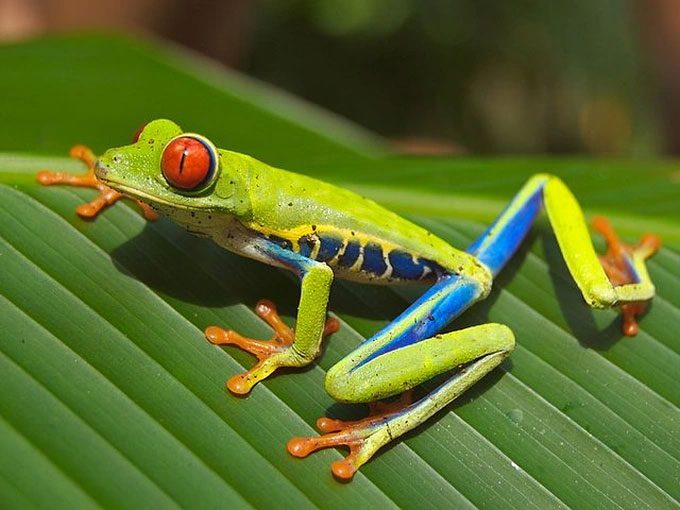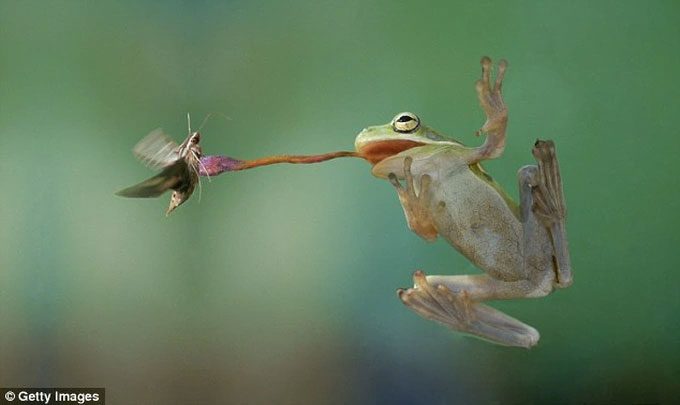The loss of amphibians in the natural environment can directly impact human health.
Since the global pandemic began in 2020, the world has become increasingly aware that human health is closely intertwined with that of other animal species.
However, while we have focused heavily on birds and mammals, neglecting amphibians such as frogs and toads could be a significant oversight.
Why Frogs?

Red-eyed tree frog. (Photo: Getty).
In the 1980s, ecologists in Costa Rica and Panama began to observe a dramatic and significant decline in amphibian populations.
At that time, frogs and salamanders were becoming “prey” for a type of harmful fungus scientifically known as Batrachochytrium dendrobatidis (Bd), according to Science Alert.
Scientists believe this fungus is responsible for the significant decline of at least 501 amphibian species, with 90 cases leading to extinction, spanning from Asia to South America.
The disappearance of these amphibians has led to a surge in mosquito populations, both in number and diversity. This is because mosquitoes lose their natural predator, as explained by scientists. As mosquito numbers rise, humans suffer the consequences of the diseases they spread.
Findings in 2020 indicated that the decline of amphibians led to a significant increase in malaria rates among humans, spreading from Costa Rica in the 1980s and 90s, and then to Panama in 2000.
This is the “first causal evidence” showing that the loss of amphibians affects human health in the natural environment.
Stuck in a Loop

Amphibians play a crucial role in controlling harmful insect populations. (Photo: Getty).
Research presents an intriguing yet deeply concerning argument, suggesting that the health of frogs and humans tends to be closely linked. We seem to be caught in this loop whether we like it or not.
When comparing the decline in amphibian populations with malaria rates from 1976 to 2016, researchers found a clear correlation, which could be predicted with high accuracy and reliability.
Specifically, every eight years after amphibian species decline for any reason, the number of malaria cases in humans spikes, corresponding to a rate of about 1 case per 1,000 individuals. This phenomenon would not occur without the death of amphibian species.
Not only malaria but many other threats from mosquitoes, such as dengue fever, also show significant signs of increase.
Although efforts to promote preventive measures such as using insecticides and reducing mosquito habitats can bring some positive signals, these can only alleviate the severity of cases when they cyclically return.
Therefore, researchers conclude that conserving and eliminating threats to amphibians may play a crucial role in the fate of humanity in the future, especially in the context of various diseases being discovered and spread by insects.





















































